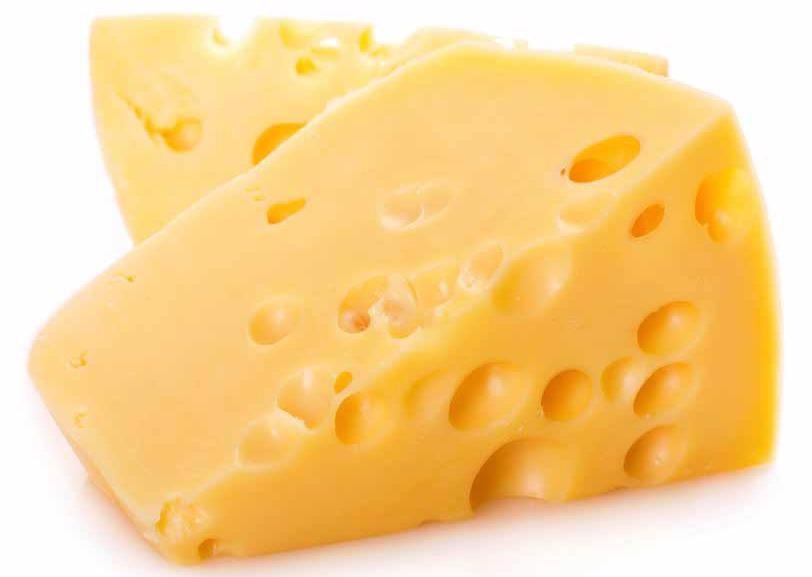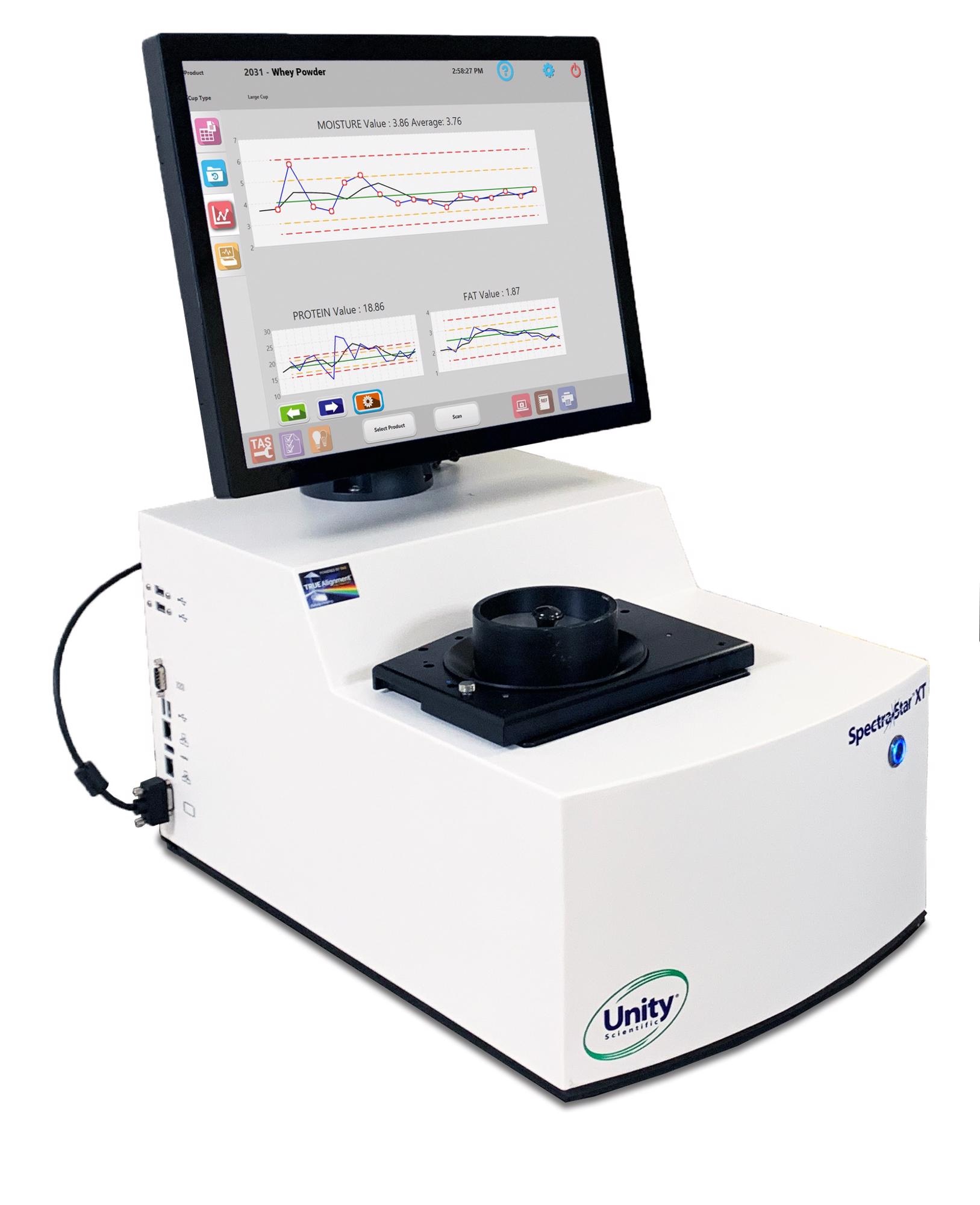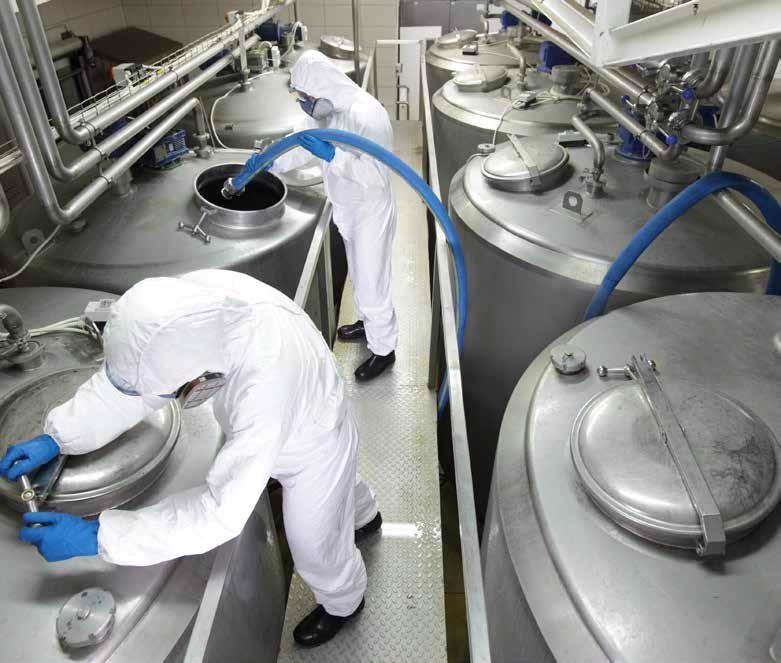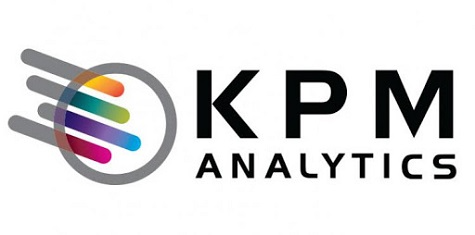Apr 14 2022
Dairy products are an important and common staple in the human diet. Raw milk yield is processed into fresh pasteurized milk, butter, cheeses, yogurts as well as milk powders, whey products, cultured products and many other end products for consumers.

Image Credit: KPM Analytics
As raw milk is a commodity, a great number of dairy products are extremely price-competitive, meaning consistent and efficient production is a must to generate profit. Several dairy products, including milk powders, are also sold predicated on quality parameters, and thus precision analysis is also a major contributor to the production of a consistent product.
Process Control Analysis Points in a Dairy Plant
In a number of dairy plants, the raw milk is processed using a separator to extract the cream (40% butter fat). If liquid milk is being produced, the cream is reintroduced to produce milk of the desired fat content. The milk can then undergo additional processing for turning into milk powders with the application of oven drying or spraying cheeses or cultured products.
Throughout the cheese production process, the acidification of raw or pasteurized milk with specific fat and solids content is performed and is added as a starter to curdle the milk. The curd is eventually extracted from the liquid (whey) and processed into different types of soft and hard cheeses.

Image Credit: KPM Analytics
The whey is typically dried to create whey powders, which are used as a protein source and a food additive. Butter, ice cream and cultured products are created using the cream and different mixtures of the milk components combined to form particular compositions.
For all dairy products, practically every single step and ingredient must be of a specific quality and composition to create a consistent end product. Stringent control of the incoming materials optimizes the production from expensive ingredients.
NIR analysis is a demonstrated technique that offers simultaneous results for moisture, protein, fat, lactose, solids and additional parameters in less than a minute. Applications and measuring points for the dairy plant include:
- Butter is analyzed for solids, fat and salt after the churn to ensure the product specifications are met.
- Cheese is analyzed after curding or throughout aging processes for moisture, fat and protein.
- Ice cream mixes can be analyzed to ensure proper formulation before production, reducing waste and re-work.
- Liquid milk can be analyzed for fat pre-separator or during the fluid milk process.
- Liquid whey can be analyzed for total solids to boost optimization of the drying process.
- Milk powders are analyzed for moisture, protein, fat and lactose.
- WPC or MPC are analyzed for moisture, fat and protein after the dryer to ensure target levels and appropriate drying.
The speed of analysis enables 100% measurement of both the incoming ingredients and final products. Raw ingredients suppliers can be validated to ensure that they deliver quality materials, guarantee that production and product consistency levels are met, and reduce re-work and discard costs.
Final products can be evaluated to meet product quality targets and labeling requirements while optimizing the manufacturing process.
Value Proposition
Moisture Control
Dairy plants commonly measure the moisture of MPC, WPC and other powders exiting the dryer. Too much residual moisture in the sample will lead to spoilage problems and handling issues and potentially violate labeling specifications.
Over-drying the sample is a waste of energy and increases product costs as it is sold by weight, and the appropriate level of moisture is not included. A seemingly minor difference of just 0.5% in moisture has significant implications for the plant’s profit margins and can be converted into a payback time of just a few months in a medium-sized plant.
MPC and WPC Protein Control
MPC and WPC powders are typically sold based on a specific level of protein. At-line analysis of dried protein concentrates can verify the protein levels instantly and make sure that the product is binned to specific protein levels. Early analysis of the powders will see a reduction in re-work and claims, lowering the plant’s costs significantly.

Image Credit: KPM Analytics
Liquid Whey Analysis
Liquid whey can be immediately analyzed after the curds’ separation is complete and at each stage throughout the drying process.
The acquisition of total solids and protein values throughout this process enables the plant operators to modify and enhance the process to optimize the production of correct products at maximum efficiency. This will yield considerable energy savings and less waste to animal feed or discard.
KPM Analytics Offers NIR Solutions for Dairy
KPM Analytics can provide ready-to-use NIR solutions customized for the dairy industry, including models equipped to analyze liquids, powders and slurries.
KPM's SpectraStar XT-R is a sophisticated, high-performance at-line scanning analyzer with a broad range of features:
- Available with calibrations from Unity, and also industry-leading Ingot calibrations from Aunir™ for a wide variety of sample types and constituents.
- Stand-alone design with built-in computer for easy implementation
- Sealed case for use at-line in production environments
- Designed for ease-of-use; only minimal training required for routine operators
- Advanced sample management and reporting features makes the analyzer lab-ready
- Sealed case with 17” touch screen monitor for easy operation in laboratories or at-line on the production floor
- Windows® 10 Professional computer with SSD provides easy integration into computer networks

Image Credit: KPM Analytics

This information has been sourced, reviewed and adapted from materials provided by KPM Analytics.
For more information on this source, please visit KPM Analytics.